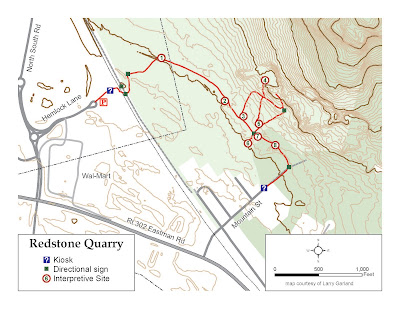Greetings from the Conway Public Library's Henney History Room.
Today is World Ocean Day! Time to shellebrate!
In honor of today's event and our upcoming "Oceans of Possibilities" theme for our summer library reading program ... I offer you one of Keith Henney's most unusual books...
...with the intriguing title, "A Hunt for Sea-Going Elephants, 1899-1901."
You can find a link to it in our online catalog
here. For more on Keith Henney see our previous blog
here.
This book is quite a departure from the many technical and scientific books he wrote on electricity and radio, or his many books on local history.
It serves as a good introduction to today's theme. The purpose of World Ocean Day is to inform the public of the impact of human actions on the ocean, develop a worldwide movement of citizens for the ocean, and mobilize and unite the world's population on a project for the sustainable management of the world's oceans.
The book's title refers to the hunt for elephant seals for their oil to light lamps before electrical lights were available. The book is based on the logs and records of a year long voyage of a the R. S. Graham, a schooner, sailing vessel to the far South Seas.
According to various internet sources, elephant seals were hunted for their high-quality oil, 200 pounds of which could be obtained from a large, adult male. The oil was used for lamps, lubricating machinery, and making paint, soap, and candles. It was so popular that by the end of the 1880s, after 40 years of hunting, elephant seals were thought to be extinct.
Elephant seals are large, oceangoing earless seals in the genus Mirounga. The two species, the northern elephant seal (M. angustirostris) and the southern elephant seal (M. leonina), were both hunted to the brink of extinction for oil by the end of the 19th century, but their numbers have since recovered. They are the largest extant carnivorans, weighing up to 4,000 kilograms (8,800 lb).
Elephant seals are marine mammals classified under the order Pinnipedia, which, in Latin, means feather- or fin-footed.
Throughout the book, Henney's interest in period language and arcane and obsolete terminology such as gaboon, earing, gripes, yard, opodeldoc is on display.
FMI on our summer reading program for 2022 "Oceans of Possibilities" and our kick-off event on June 16, see our website
here. Throughout the summer we will host other events focusing on turtles, seashells, lobsters, microplastics, and stories, songs and dance.
The Mount Washington Valley has some other "ocean" related claims to fame. For info about local polar explorers see some of our previous blogs
here and
here.
We have a large collection of books on these expeditions and details about the ocean voyages they undertook.
While New Hampshire only has 13 miles of ocean coastline, our ocean related property played an important role in late 19th century art. Here are a selection of artworks to enjoy.
In previous blogs we have explored the farm related works of Winslow Homer. This summer New York's Metropolitan Museum of Art is hosting an exhibit of Homer's artworks related to the ocean.
FMI on the exhibit see this link
here.
Homer's work spanned the frigid, tumbling waters of the North Atlantic to the tropical waters of Florida and the Caribbean.
The centerpiece of the exhibition is Homer’s iconic The Gulf Stream, a painting that reveals his lifelong engagement with charged subjects of race, geopolitics, and the environment. Featuring 88 oils and watercolors, Crosscurrents represents the largest critical overview of Homer’s art and life in more than a quarter of a century. Here are some more of his works to enjoy.
In addition to art, songs, stories and dance, science is another way to understand the oceans.
Recently the ocean mapping at UNH was featured on NH Chronicle. You can learn more about that program and view the segment
here.
Back in the sub-tropics my new son-in-law has been mapping the warmer waters around Florida in part with an un-manned device.
These and other scientific processes will help us meet the goals outlined above for World Oceans Day.
The Conway Public Library's Henney History Room offers free outreach programs on all of the topics above to local schools and community groups. Feel free to contact us.





















.jpg)















.png)





















.jpg)

